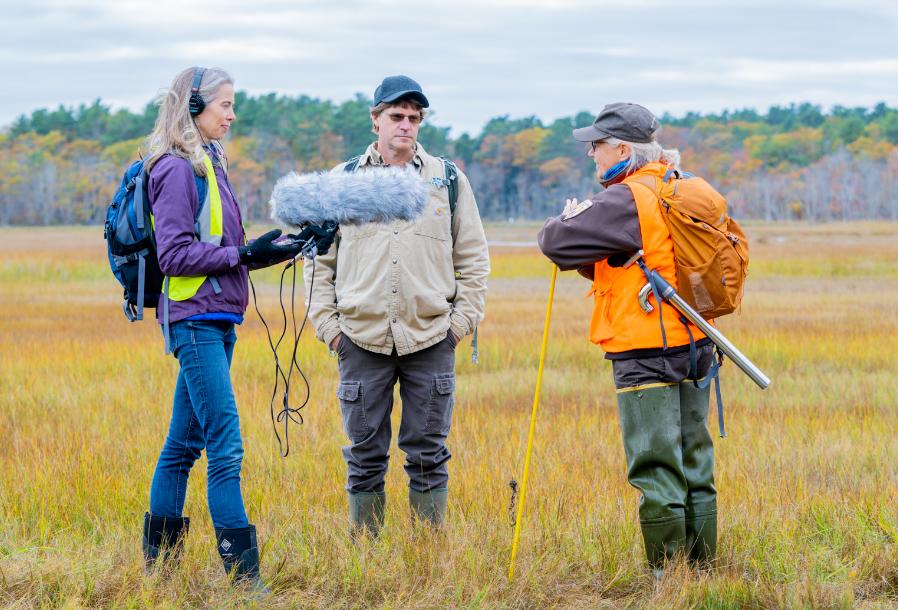Emergency Alerts
During emergencies, rural public radio stations provide critical public safety information. Natural disasters and emergencies are not uncommon, and the frequency of some extreme weather events are increasing. Rural public radio stations may be the only emergency alert system in rural communities. Emergency events have disproportionate impacts on rural communities. Natural disasters and other emergencies can drastically affect whether a rural community can or cannot thrive — increasing the vulnerability of rural populations. Broadcasting is an essential medium for reaching audiences that lack broadband access, creating a lifeline in emergency situations. Due to distance, geography, or lack of resources, first responders may face challenges in reaching affected areas and communicating directly with communities without the help of public radio.
Public radio stations work as trusted partners with law enforcement, public safety officials, and schools to respond in times of crisis. The Emergency Alert System (EAS) is a national public warning system that requires radio and television broadcasters, wireless cable systems, and satellite operators to provide the President with the capability to address the American public within 10 minutes during a national emergency. Public radio played a role in emergency broadcasts and emergency alerting for decades, and this function is a role of the Public Radio Satellite System (PRSS) and its interconnected stations.
In addition to issuing automated alerts, rural radio stations also have the ability to provide live, original reporting for on-air and online coverage and continuous coverage before, during, and after disasters. Public radio provides education to prepare people for natural disasters such as tornadoes, hurricanes, pandemics, floods, tsunamis, and wildfires. Given their role as local news providers, stations spring into action, even overnight, to bring staff on the air for live updates and information to supplement an automated alert. The ability to tune to live broadcasts is especially important during major weather events when communities need consistent, informative public safety updates about evacuation orders, the path of a tornado, the location of a shelter or potable water, or where to send livestock to safety. This accessibility is even more important when the power goes out, and other forms of news or alerts become unavailable. Rural stations cover state and local press conferences, interview government officials, broadcast PSAs for disaster awareness, and provide information on where to access resources for recovery. Stations are committed to their role as essential emergency communications providers for timely, accurate information to rural audiences on unfolding disasters and emergency situations.

